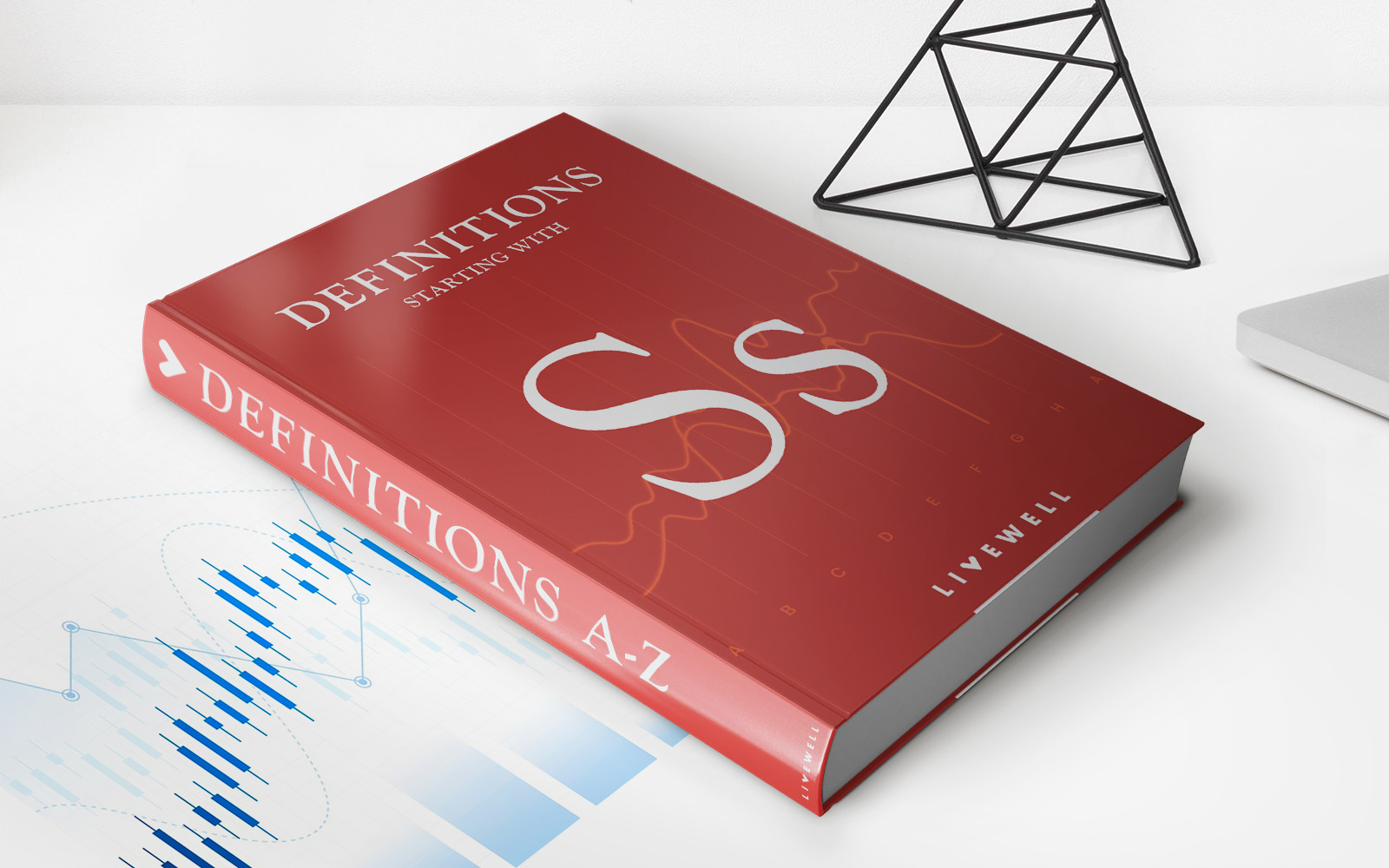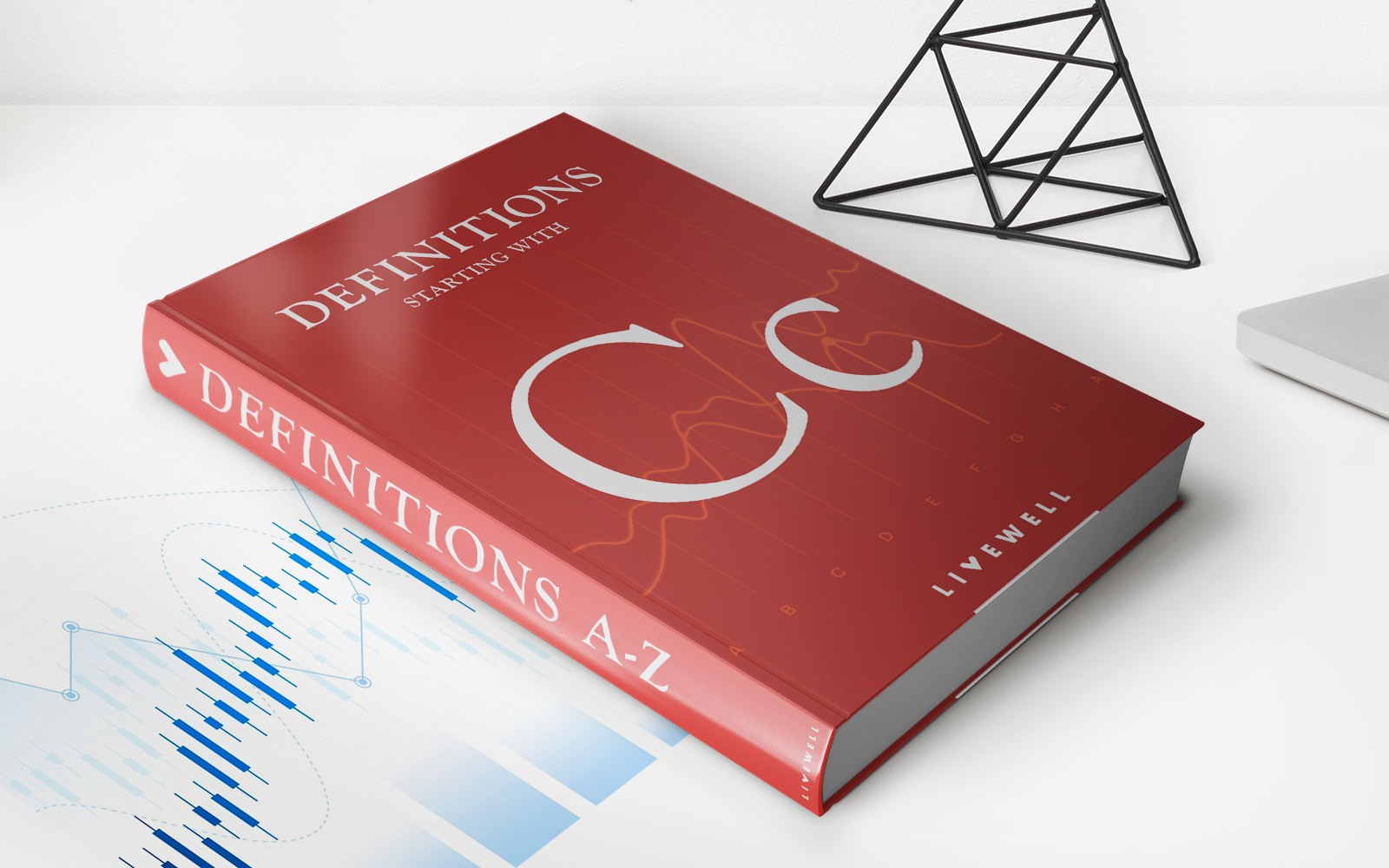Home>Finance>How Should Your Student Loan Payment Compare With Your Salary After Graduating College?


Finance
How Should Your Student Loan Payment Compare With Your Salary After Graduating College?
Published: October 20, 2023
Ensure a balanced financial future after graduation by understanding how your student loan payment should compare with your salary. Explore personalized finance tips and expert advice to manage your student debt effectively.
(Many of the links in this article redirect to a specific reviewed product. Your purchase of these products through affiliate links helps to generate commission for LiveWell, at no extra cost. Learn more)
Table of Contents
Introduction
Graduating from college is a significant milestone that often comes with a new set of financial responsibilities, including student loan payments. As a student loan borrower, it’s important to understand how your loan payment should compare with your salary after graduating. This comparison will help you make informed decisions about your finances and manage your student loan debt effectively.
Student loan payments can have a profound impact on your financial well-being. If your loan payment is too high for your income, it could lead to financial stress, missed payments, and limited opportunities to save or invest. On the other hand, if your loan payment is too low relative to your salary, it might take you longer to pay off your debt, leading to more interest payments over time.
To strike the right balance, it’s crucial to consider various factors, such as your income, living expenses, other financial obligations, and long-term financial goals. This article will delve into these considerations and provide recommended guidelines to help you determine how your student loan payment should compare with your salary after graduating. Additionally, we’ll explore some case studies to illustrate how different scenarios can impact your financial standing.
By understanding the relationship between your student loan payment and your salary, you can make informed decisions to ensure a more stable financial future. So, let’s dive in and explore the factors to consider when determining how your student loan payment should compare with your salary after graduating from college.
Understanding Student Loan Payments
Before we delve into how your student loan payment should compare with your salary after graduating college, let’s first understand how student loan payments work. Student loans are typically repaid in monthly installments over a set period, known as the loan term. The amount you pay each month is determined by several factors, including the loan amount, interest rate, and repayment plan.
The loan amount refers to the total sum borrowed to finance your education. The interest rate is the percentage of the loan balance that accumulates as interest over time. The repayment plan outlines the terms of repayment, such as the length of the loan term and the type of repayment plan (e.g., standard, income-driven, or graduated).
When it comes to student loan payments, it’s essential to understand the difference between fixed and variable interest rates. A fixed interest rate remains the same throughout the loan term, providing stability and predictable monthly payments. On the other hand, a variable interest rate can change over time, resulting in fluctuations in your monthly payment amount.
It’s worth noting that student loan payments are typically due soon after your grace period ends, which is a set timeframe (often six months) after you graduate, leave school, or drop below half-time enrollment. During the grace period, you’re not usually required to make payments, and interest may not accrue on certain types of loans.
To determine how your student loan payment should compare with your salary after graduating, it’s crucial to consider your monthly payment amount as a percentage of your monthly income. This metric, known as the debt-to-income ratio, allows you to assess your ability to comfortably manage your student loan payment alongside other financial obligations.
A lower debt-to-income ratio indicates that your student loan payment is a more manageable portion of your monthly income. This can provide peace of mind and allow you to allocate funds towards other financial goals, such as retirement savings, emergency funds, or discretionary spending. Conversely, a higher debt-to-income ratio suggests that your student loan payment is a significant portion of your income, which may lead to financial strain and limited flexibility in your budget.
Now that we have a basic understanding of how student loan payments work, let’s explore the factors you should consider when determining how your student loan payment should compare with your salary after graduating.
Factors to Consider
When determining how your student loan payment should compare with your salary after graduating college, several factors come into play. Taking these factors into consideration will help you assess your financial situation and make informed decisions about managing your student loan debt.
- Income: Your income is a crucial factor in determining how much you can afford to allocate towards your student loan payment. Higher income levels generally allow for larger payments, while lower income levels may require more careful budgeting to maintain affordability.
- Living Expenses: Consider your monthly living expenses, including rent or mortgage payments, utilities, groceries, transportation, and other necessities. These expenses directly impact the amount of disposable income you have available to allocate towards your student loan payment.
- Other Debt Obligations: Take into account any other outstanding debt obligations, such as credit card debt, personal loans, or a car loan. These monthly payments, along with your student loan payment, contribute to your overall debt burden.
- Financial Goals: Assess your long-term financial goals and priorities. This includes saving for emergencies, contributing to retirement accounts, and building a foundation for future financial stability. Balancing your student loan payment with these goals is essential to maintain a well-rounded financial plan.
- Repayment Plan: Understand the terms of your specific student loan repayment plan. Different repayment plans have varying monthly payment amounts and lengths of time to repay the loan. Research and consider the pros and cons of each plan to determine which aligns best with your financial situation.
It’s crucial to strike a balance between managing your student loan payment and maintaining a healthy financial lifestyle. While it’s important to prioritize paying off your student loan debt, it’s equally important to avoid sacrificing your overall financial well-being in the process.
Now that we have discussed the factors to consider, let’s explore some recommended guidelines for determining how your student loan payment should compare with your salary after graduating.
Recommended Guidelines
When it comes to determining how your student loan payment should compare with your salary after graduating college, there are some recommended guidelines that can help guide your decision-making process. While these guidelines may not be one-size-fits-all, they provide a starting point for assessing the affordability of your student loan payment.
- Keep your student loan payment below 10-15% of your monthly income: As a general rule of thumb, it is advisable to keep your student loan payment below 10-15% of your monthly income. This ensures that your payment remains a manageable portion of your overall budget.
- Avoid excessive interest payments: While it may be tempting to choose a longer loan term to reduce your monthly payment, keep in mind that this can result in more interest paid over time. Strive to strike a balance between a manageable monthly payment and a reasonable loan term that minimizes interest costs.
- Consider income-driven repayment plans: If your student loan payment based on the standard repayment plan is too high relative to your income, you may want to explore income-driven repayment plans. These plans adjust your monthly payment based on your income and family size, making it more affordable while still progressing towards loan repayment.
- Keep an eye on your debt-to-income ratio: As mentioned earlier, assess your debt-to-income ratio to ensure that your student loan payment is a reasonable percentage of your income. A debt-to-income ratio of 30% or less is generally considered manageable in most situations.
- Consider refinancing or loan consolidation: If you’re struggling with your student loan payment, you may want to explore options like refinancing or loan consolidation. These strategies can potentially lower your interest rate or combine multiple loans into one, resulting in a more manageable monthly payment.
Remember, these guidelines are not set in stone and may vary depending on your unique financial circumstances. It’s essential to evaluate your individual situation and make decisions that align with your financial goals and priorities.
Now that we have explored the recommended guidelines for determining how your student loan payment should compare with your salary after graduating, let’s dive into some case studies to illustrate how different scenarios can impact your financial standing.
Case Studies
Let’s examine a few case studies that illustrate how student loan payments can vary based on different factors and how they compare with the borrower’s salary after graduation.
Case Study 1: Sarah
Sarah graduated from college with a student loan debt of $30,000. She secured a job with a starting salary of $50,000 per year. Sarah’s monthly gross income is approximately $4,167. Based on the recommended guideline of keeping the student loan payment below 10-15% of her monthly income, Sarah’s payment should range between $417 and $625 per month. By following this guideline, Sarah can comfortably manage her student loan payment while still allocating funds towards other financial goals.
Case Study 2: Alex
Alex graduated with $60,000 in student loan debt and started a job with a salary of $40,000 per year. Their monthly gross income amounts to approximately $3,333. Following the recommended guideline, Alex’s student loan payment should ideally stay between $333 and $500 per month. However, given the lower income level, Alex might need to explore income-driven repayment plans or loan consolidation to make the payment more manageable in their budget.
Case Study 3: Michael
Michael completed his degree with $100,000 in student loan debt and obtained a job with a salary of $80,000 per year. His monthly gross income is around $6,667. Following the recommended guideline, Michael’s student loan payment should ideally range between $667 and $1,000 per month. With a higher income, Michael has more flexibility to manage his student loan payment and potentially pay off the debt faster if he chooses to allocate a larger percentage of his income toward repayment.
These case studies highlight the importance of considering factors such as income, debt amount, and repayment terms when determining how your student loan payment should compare with your salary after graduation. Every individual’s financial situation is unique, and it’s crucial to evaluate your specific circumstances to make informed decisions about your student loan repayment strategy.
Remember that these case studies are merely examples, and your situation may differ. It’s essential to assess your own income, expenses, and financial goals to determine the most suitable student loan payment amount for you.
Now, let’s conclude our discussion on how your student loan payment should compare with your salary after graduating from college.
Conclusion
Managing your student loan payment relative to your salary after graduating college is crucial for maintaining a healthy financial future. By understanding the factors to consider and following recommended guidelines, you can make informed decisions about your student loan repayment strategy.
It’s important to assess your income, living expenses, other debt obligations, and long-term financial goals when determining how much you can comfortably allocate towards your student loan payment each month. Striking a balance between managing your student loan debt and maintaining a healthy financial lifestyle is key.
Following recommended guidelines, such as keeping your student loan payment below 10-15% of your monthly income and considering income-driven repayment plans, can help ensure that your payment is manageable and aligned with your financial goals.
Case studies demonstrate that individual circumstances vary, and what works for one person may not work for another. It’s essential to evaluate your own situation and make decisions that suit your unique needs and financial capacity.
Remember, managing your student loan payment is just one aspect of your overall financial picture. It’s important to continue building an emergency fund, saving for retirement, and working towards other financial goals alongside student loan repayment.
By making informed decisions and effectively managing your student loan payment in relation to your salary, you can achieve financial stability and set yourself up for success in the years to come.
Now that you have a better understanding of how your student loan payment should compare with your salary after graduating, you can take control of your finances and make the most out of your post-college journey.














